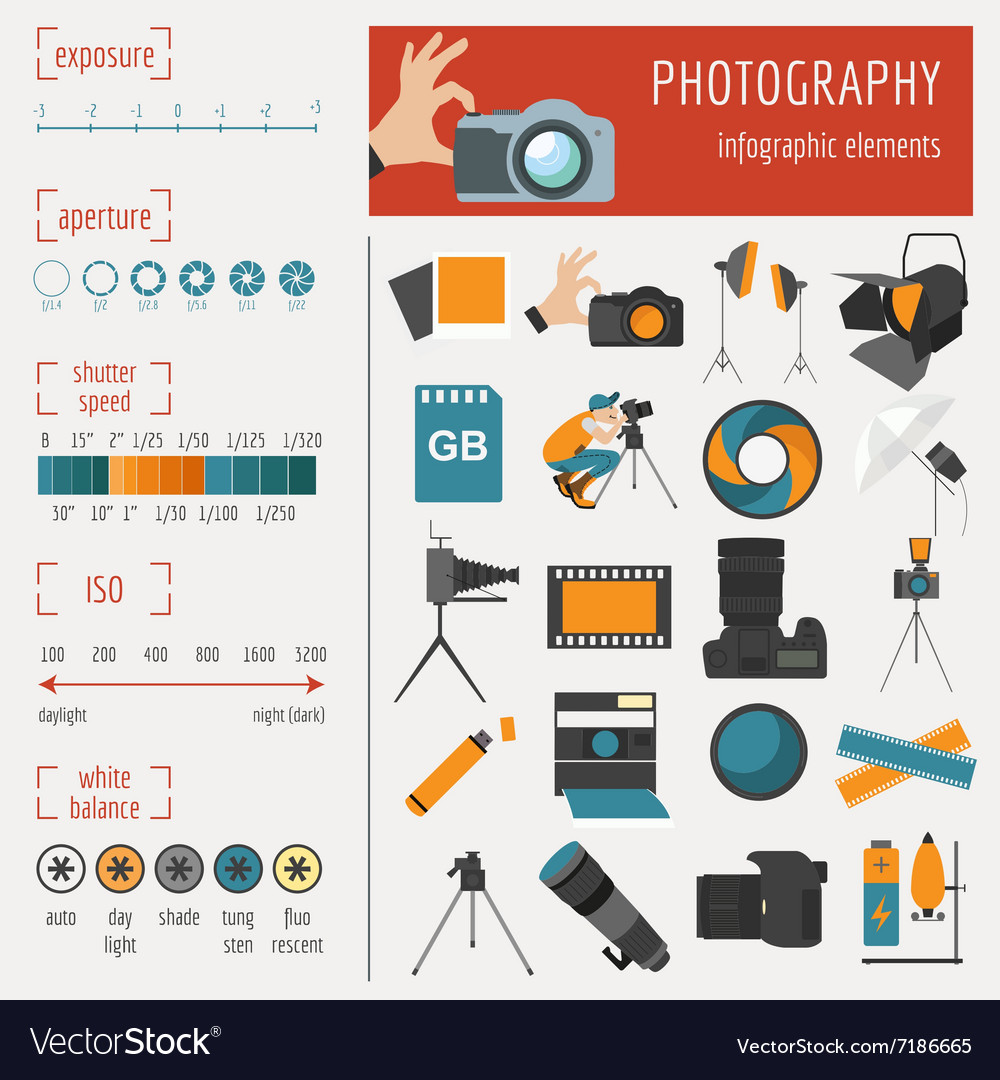Join Us To Discover Important Digital Photography Ideas That Will Certainly Unlock Your Electronic Camera'S Potential-- Prepare To Capture Stunning Photos In No Time At All!
Join Us To Discover Important Digital Photography Ideas That Will Certainly Unlock Your Electronic Camera'S Potential-- Prepare To Capture Stunning Photos In No Time At All!
Blog Article
Article Composed By-Grant Dalton
When you initially get your camera, it can feel frustrating with all the setups and choices readily available. You could find yourself asking yourself just how to browse aperture, shutter speed, and ISO properly. Mastering these fundamentals is critical, however there's even more to photography than just technical knowledge. Comprehending make-up strategies and illumination problems can raise your images considerably. So, what happens if you could learn straightforward techniques to enhance your abilities and start capturing outstanding pictures earlier than you assume? Allow's check out how to change your photography trip.
Understanding Cam Setups
Comprehending your video camera setups is essential for capturing magnificent photos. When you grab your camera, acquaint on your own with the 3 major setups: aperture, shutter rate, and ISO. Each plays an essential duty in just how your images turn out.
Start with aperture, which regulates the quantity of light getting in the lens. A wider aperture (lower f-number) lets in a lot more light and produces an attractive history blur, best for pictures. Conversely, a narrower aperture (higher f-number) maintains more of the scene in focus, suitable for landscapes.
Next, concentrate on shutter speed. This setup establishes how much time your electronic camera's sensor is revealed to light. A rapid shutter speed freezes motion, which is fantastic for activity shots, while a slow shutter speed can develop sensational impacts like smooth water in landscapes.
Last but not least, readjust your ISO. This setup affects your electronic camera's level of sensitivity to light. A greater ISO serves in low-light situations however can introduce noise or grain. Go for the most affordable ISO possible while still attaining proper direct exposure.
Structure Strategies
When you're out shooting, structure can make all the distinction in just how your photos resonate with customers. Beginning by using copyright photographer of thirds; envision your framework divided right into 9 equivalent areas with 2 straight and 2 vertical lines. Placement crucial elements along these lines or at their junctions to produce equilibrium and interest.
Next off, think about leading lines. LinkedIn photographer in your scene, like roads or rivers, attract the audience's eye right into the picture, assisting them with the tale you're informing.
https://telegra.ph/Professional-Photographers-Frequently-Forget-Crucial-Principles-That-Can-Hinder-Their-Development-Discover-Crucial-Pointers-To-E-01-09 forget framing; use components within your scene, like trees or windows, to create a structure around your subject, including deepness and focus.
Additionally, keep an eye on your history. A messy history can distract from your primary subject, while an easy one assists it attract attention.
Last but not least, try out proportion and patterns; they can develop a striking picture that captures focus.
Learning Illumination Conditions
Understanding lights problems is critical for catching stunning pictures, as the ideal light can change a regular scene into something amazing.
Beginning by observing natural light at various times of the day. Mornings and late afternoons offer the very best light, known as the gold hour. The soft, cozy tones throughout these times can improve your images perfectly.
Don't shy away from overcast days either; diffused light can lessen extreme darkness and produce a pleasing effect, particularly for pictures.
Try out backlighting by positioning your subject versus the source of light. This technique can produce a wonderful halo effect and include deepness to your images.
Focus on your electronic camera settings as well. Readjust the ISO, aperture, and shutter speed to match the illumination problems. A higher ISO can aid in low light, however beware of grain.
Utilize a tripod in darker settings to prevent blur.
Last but not least, do not neglect synthetic illumination. Flash and constant lights can be terrific devices for controlling light in challenging conditions.
Conclusion
To conclude, grasping your camera does not need to be overwhelming. By recognizing your setups, applying structure strategies, and taking advantage of the power of natural light, you'll promptly elevate your photography abilities. Keep in mind, practice makes ideal, so venture out there and explore your newfound knowledge. With time and dedication, you'll be capturing magnificent pictures that mirror your special perspective. Appreciate the journey, and don't forget to have a good time while you're at it!
